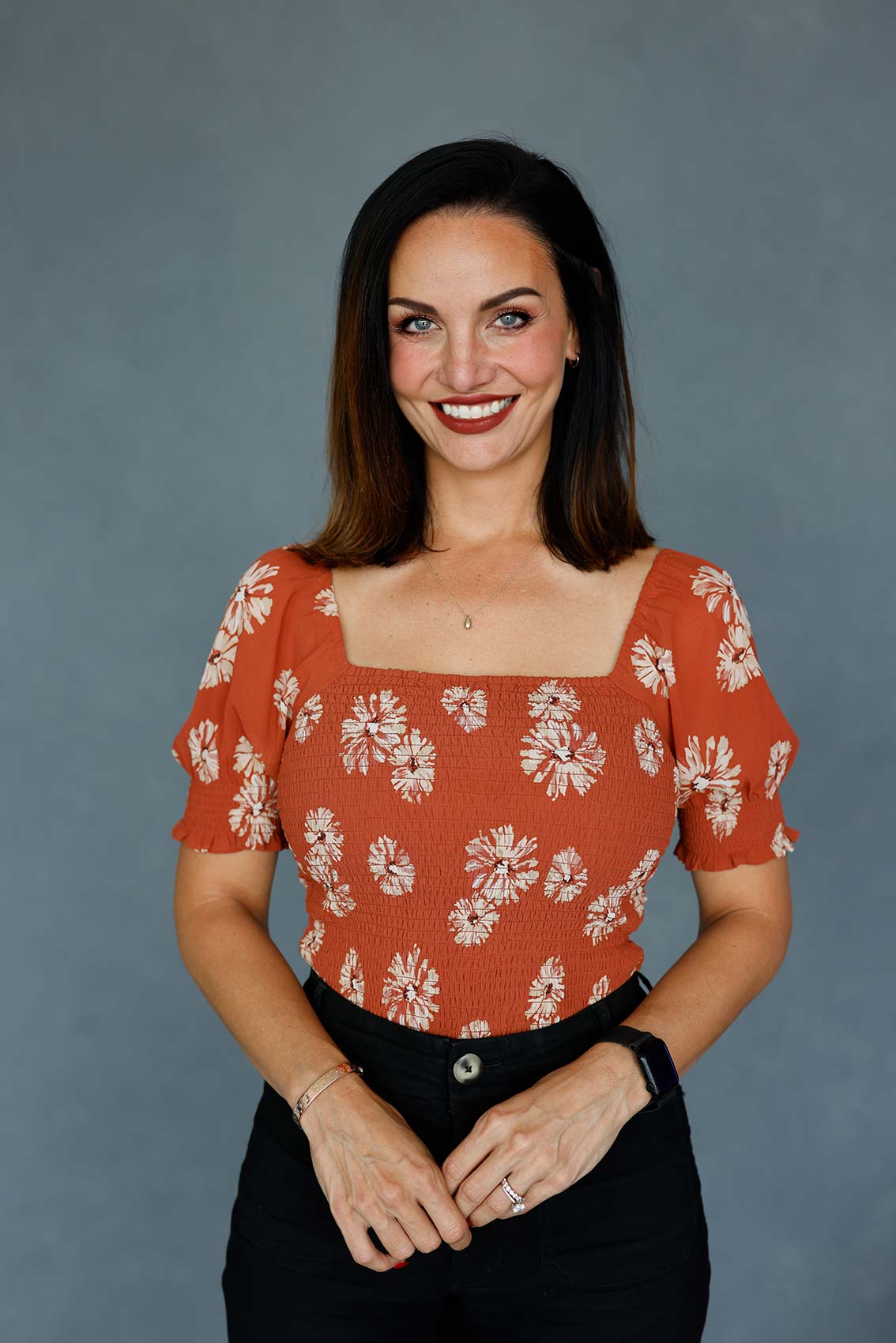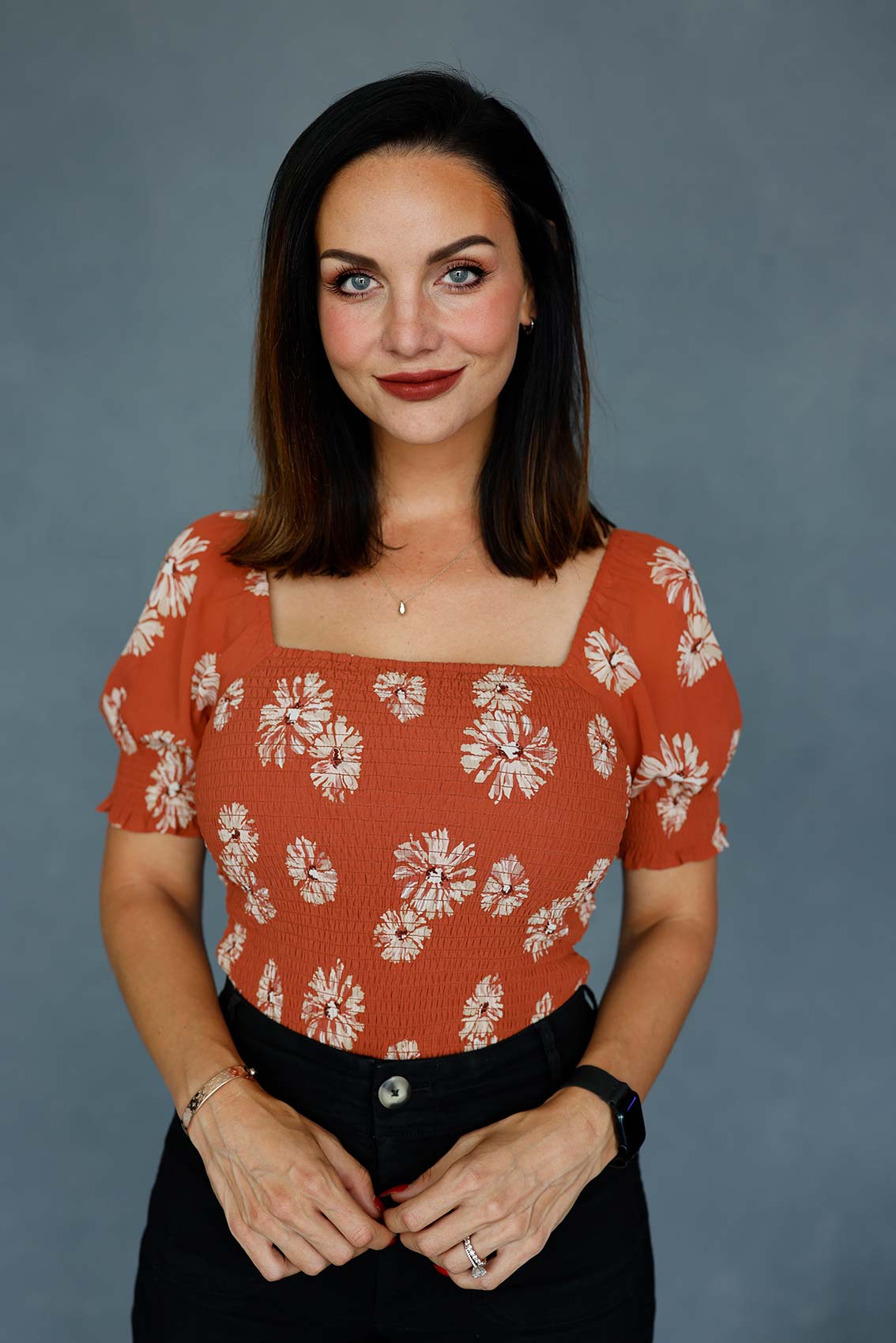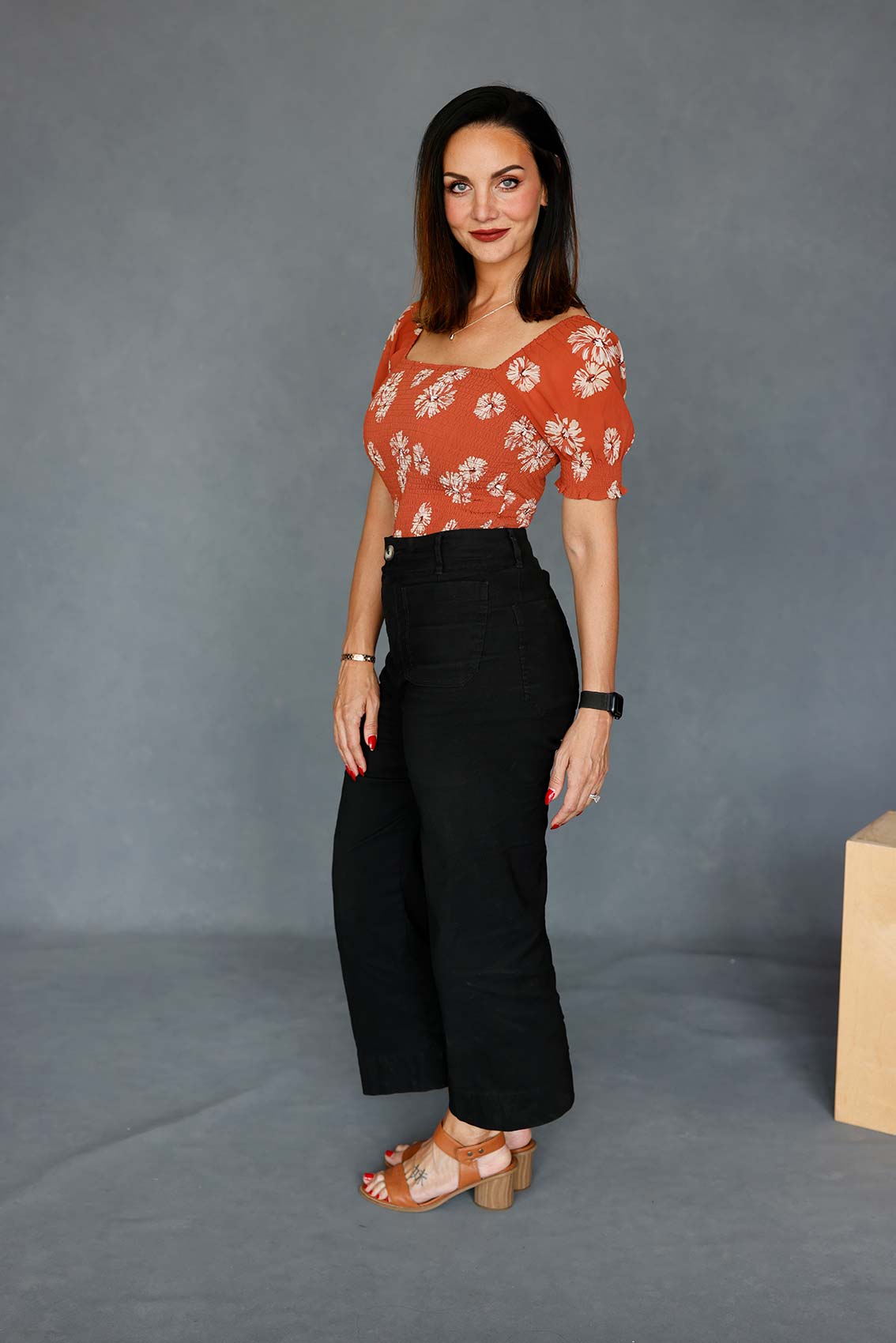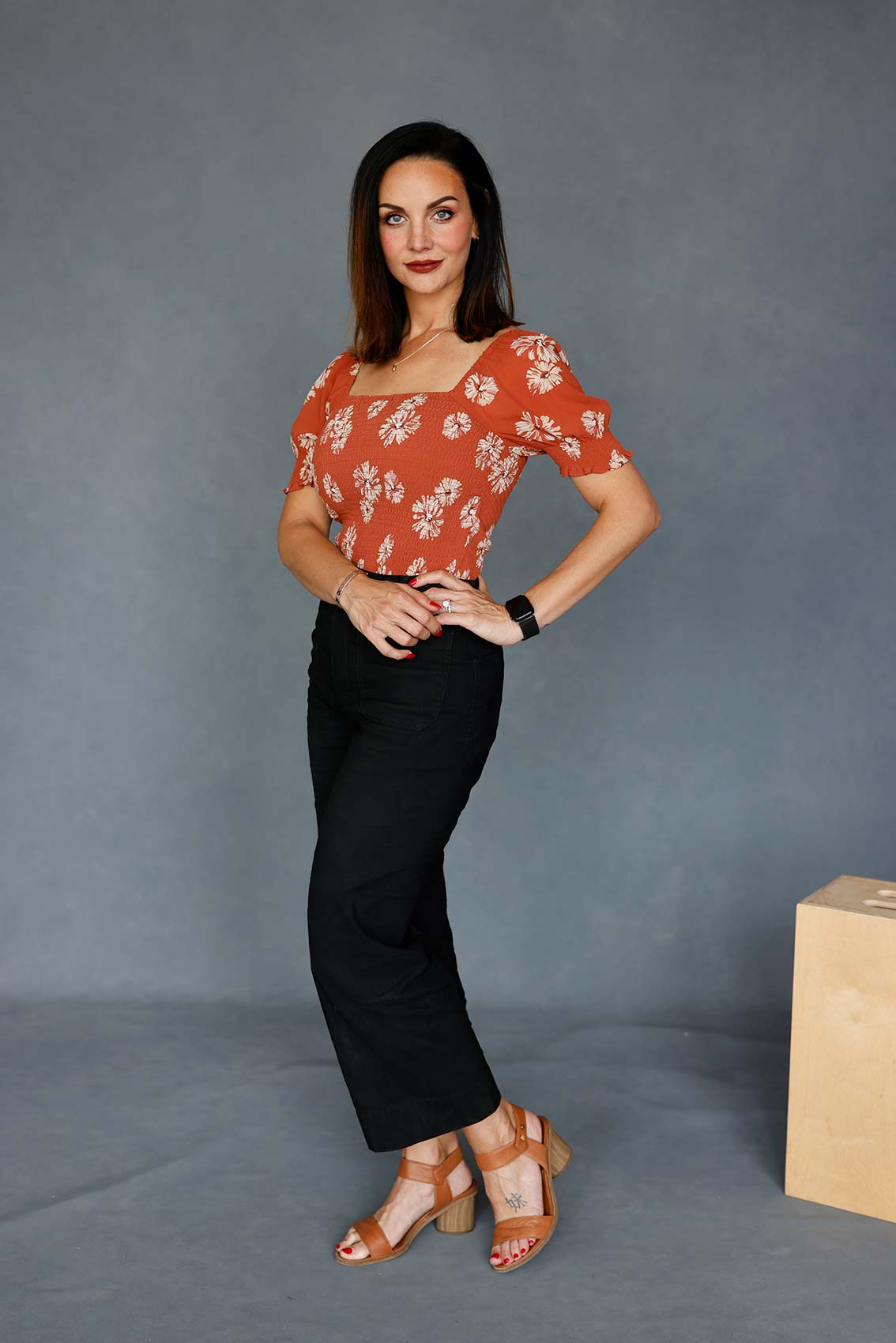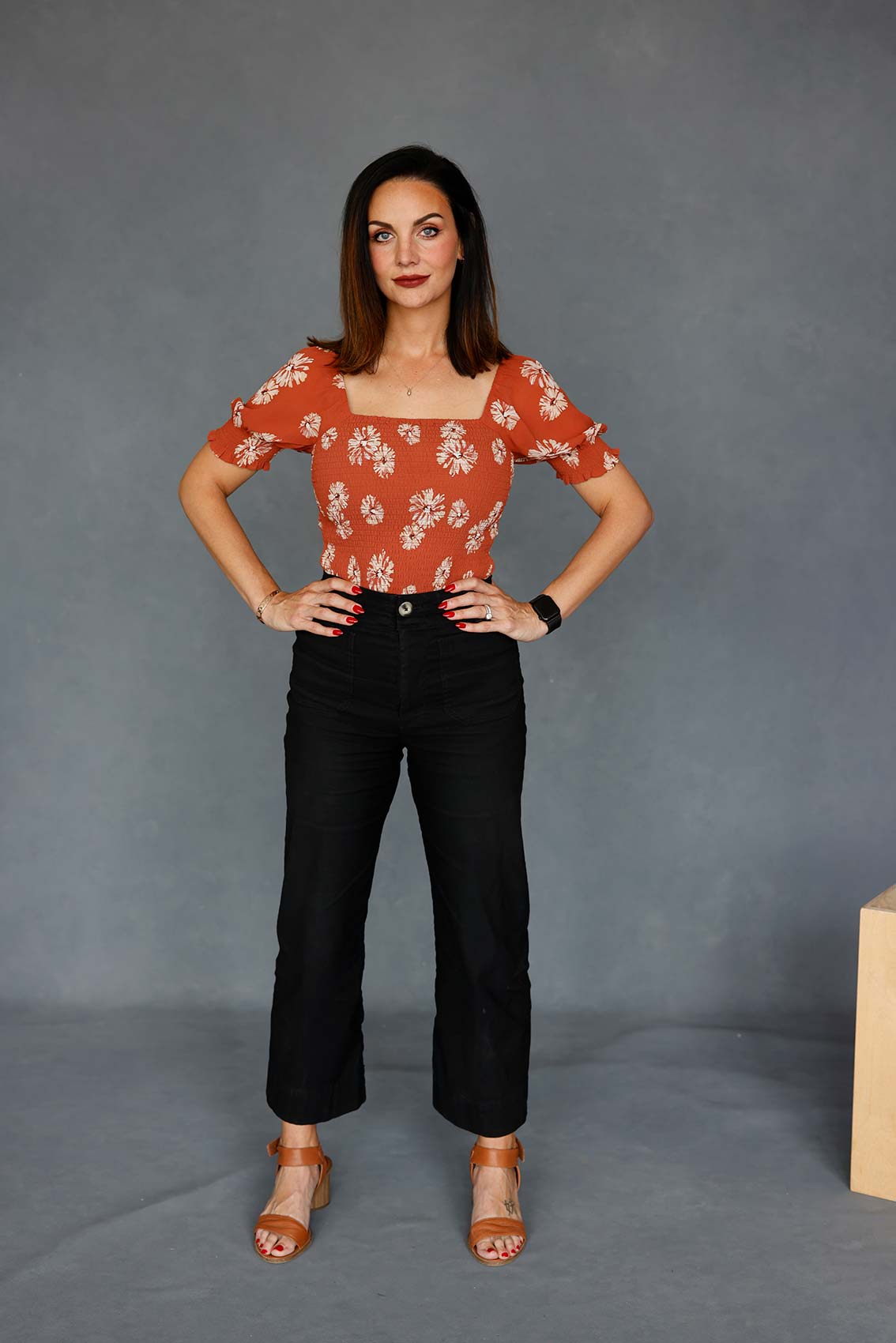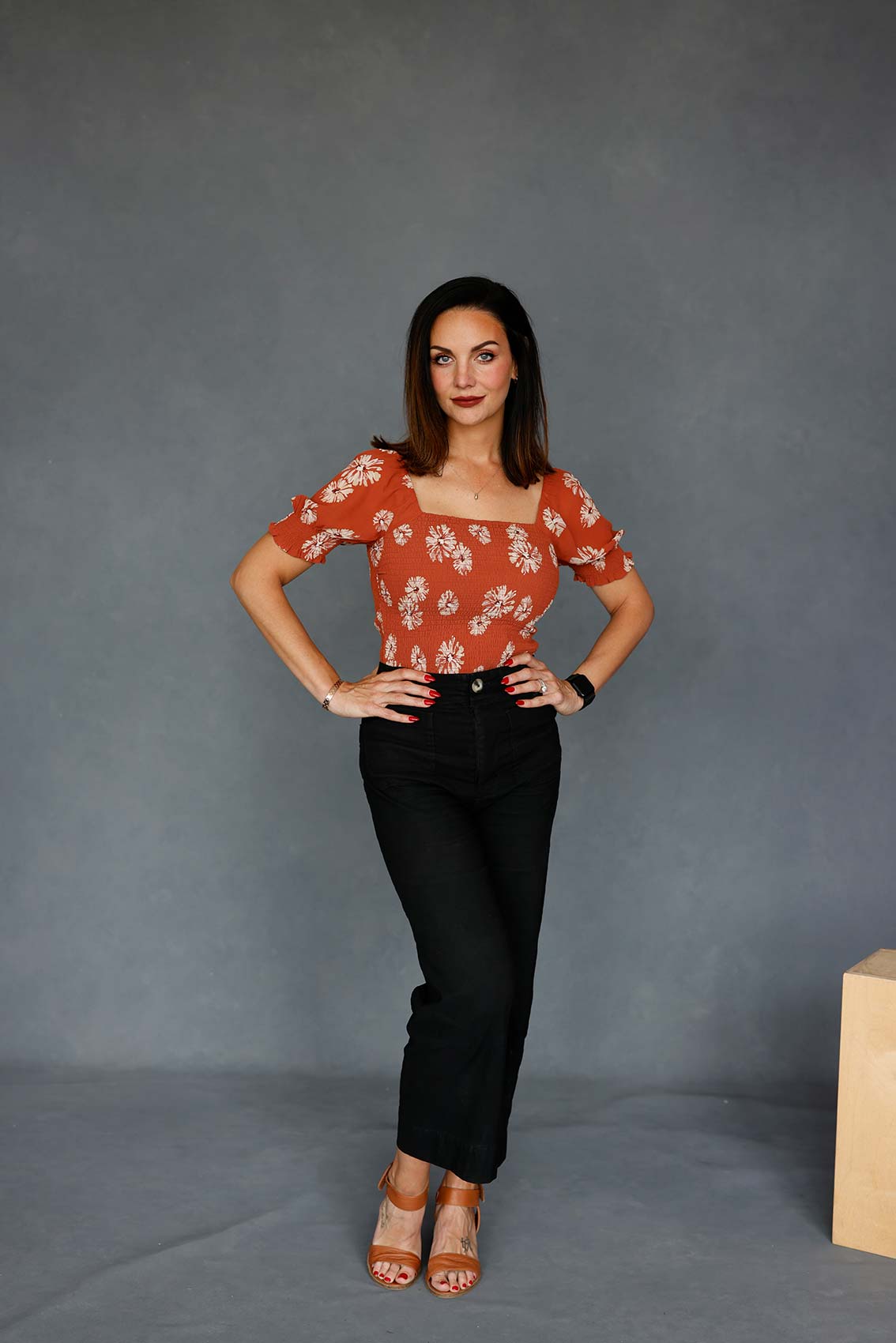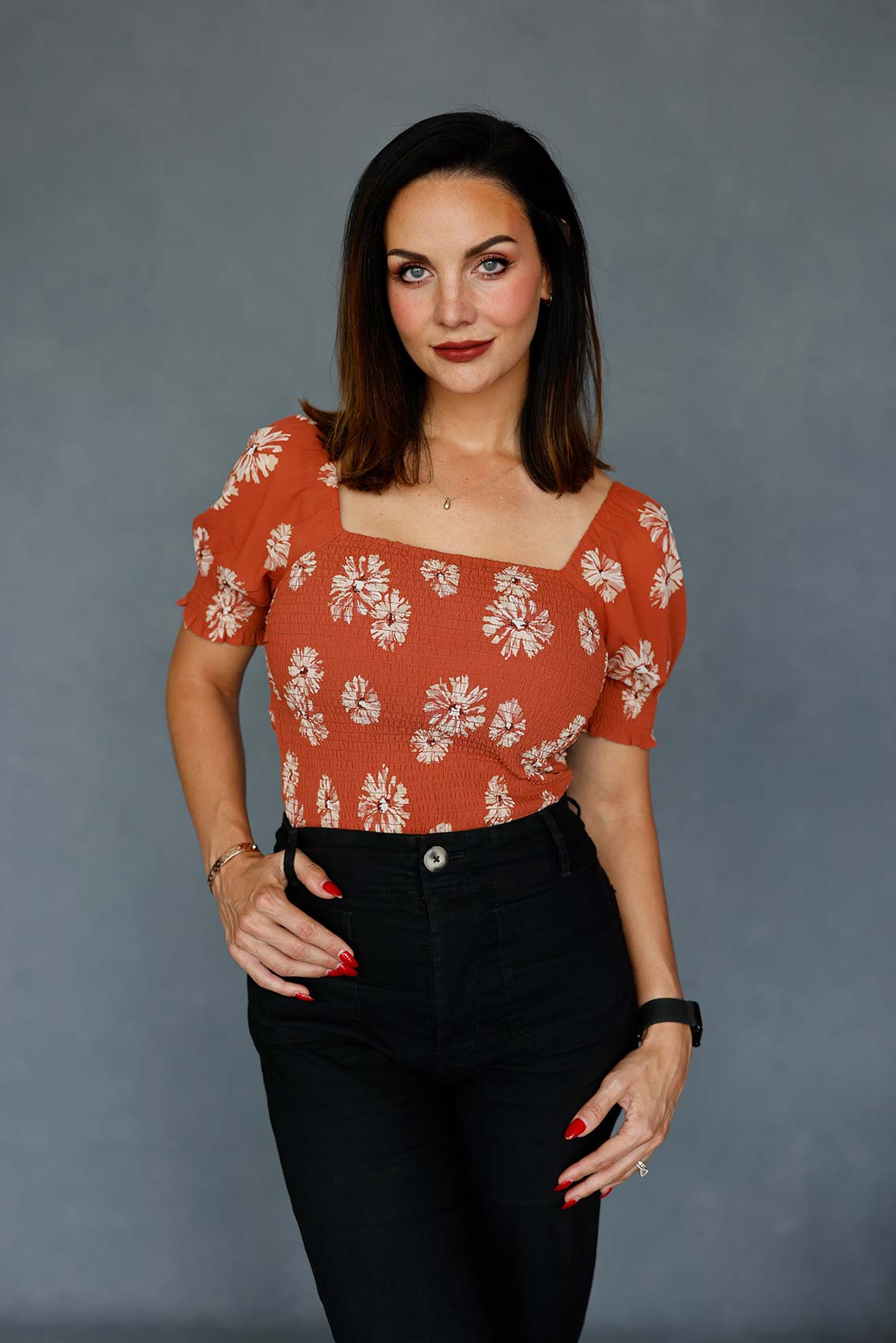Equipment Used:
Camera: Canon EOS R5
Lens: Canon RF50 f1.2
Light: Natural Light
Team:
Photographer: Sal Cincotta
Model: Alissa Cincotta
Today we are going to talk about some quick tips on how to make women look better in pictures. Now, make no mistake, as photographers, the task is ours to make them look good, right? Your subject, whether they are a high school senior, a tween, a bride, an older woman, etc. They all want to look good on camera. In fact, I don’t think I’ve been to a wedding recently where someone in the wedding party doesn’t ask me if I’m going to use “The Skinny Lens.” I’m sure you’ve all heard that extremely hilarious joke. But in all seriousness, it’s because these women have been in bad pictures and don’t like the way they look.
I think a lot of that has to do with us as photographers. So how do we mitigate that? When I’m starting with all my clients—Seniors, families, weddings, mothers of the brides, it doesn’t matter—I give every one of my female clients the same spiel. I walk them through how to look their best on camera. And if you just spend two to three minutes explaining what I’m going to explain to you right now to your clients, you are going to get better results. And hey, you don’t even have to use the skinny lens.

